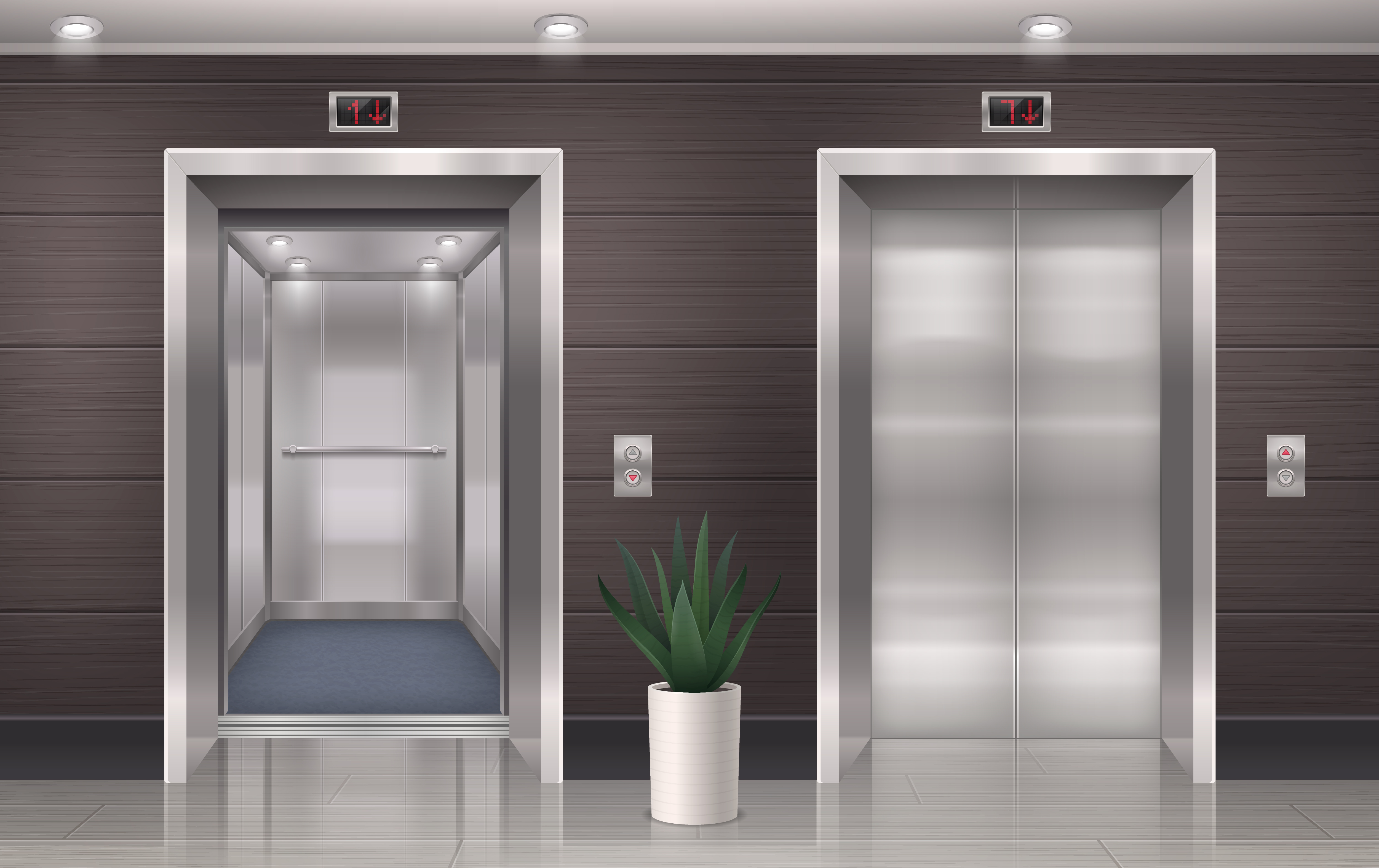
PHD Lift
A lift, also known as an elevator, is a vertical transportation device designed to move people or goods between different levels of a building or structure. Lifts play a critical role in modern urban infrastructure, providing efficient and convenient access to various floors within buildings, particularly in high-rise structures.
Description
A lift, also known as an elevator, is a vertical transportation device designed to move people or goods between different levels of a building or structure. Lifts play a critical role in modern urban infrastructure, providing efficient and convenient access to various floors within buildings, particularly in high-rise structures. They are essential for enhancing accessibility, reducing the need for stairs, and improving the overall functionality of buildings. Here's an overview of lifts: Components of a Lift: Elevator Car: The platform or cabin that carries passengers or goods vertically between floors. Hoistway or Shaft: The vertical enclosed space within which the elevator car moves. Counterweight: A weight that balances the weight of the elevator car and helps reduce the energy required to lift and lower the car. Guide Rails: Rails along which the elevator car and counterweight move, ensuring smooth and safe vertical travel. Control System: The mechanism that controls the movement of the elevator, including starting, stopping, and leveling at each floor. Safety Systems: Elevators are equipped with safety features such as emergency brakes, overspeed governors, and backup power supplies to ensure passenger safety. Types of Lifts: Passenger Lifts: Designed to carry people between floors. They come in various capacities and configurations, including standard, panoramic (with glass walls), and more. Freight Lifts: These lifts are used to transport goods, equipment, or heavy loads between different levels of a building. Residential Lifts: Installed in homes to provide accessibility between floors for elderly or disabled individuals. Service Lifts: Used by maintenance and service staff to transport items such as cleaning supplies, food, and other materials within a building. Hospital Lifts: Specialized lifts designed to transport patients on stretchers or beds in healthcare facilities. Operation: Call Button: Passengers press a button on the lift lobby or inside the lift car to indicate their desired direction of travel (up or down) and their destination floor. Control System: The lift's control system processes the button inputs, coordinates the movement of the elevator car and counterweight, and ensures safe travel between floors. Doors: The lift doors open and close automatically when the lift arrives at a floor. Safety Features: Elevators have safety mechanisms to prevent accidents, such as emergency brakes and overspeed governors. Considerations for Lift Installation: Building Codes: Lift installation must comply with local building codes and regulations. Space and Layout: The building's design and available space impact the type and size of lift that can be installed. Usage: Determine the expected passenger or load capacity and frequency of use when selecting a lift. Energy Efficiency: Modern lifts are designed to be energy-efficient, with features like regenerative braking and LED lighting. Lifts are a vital part of vertical transportation in urban environments, providing efficient movement between different levels of buildings. They enhance accessibility, save time, and contribute to the convenience and functionality of modern structures. Proper maintenance and adherence to safety standards are crucial to ensure the reliable and safe operation of lifts.